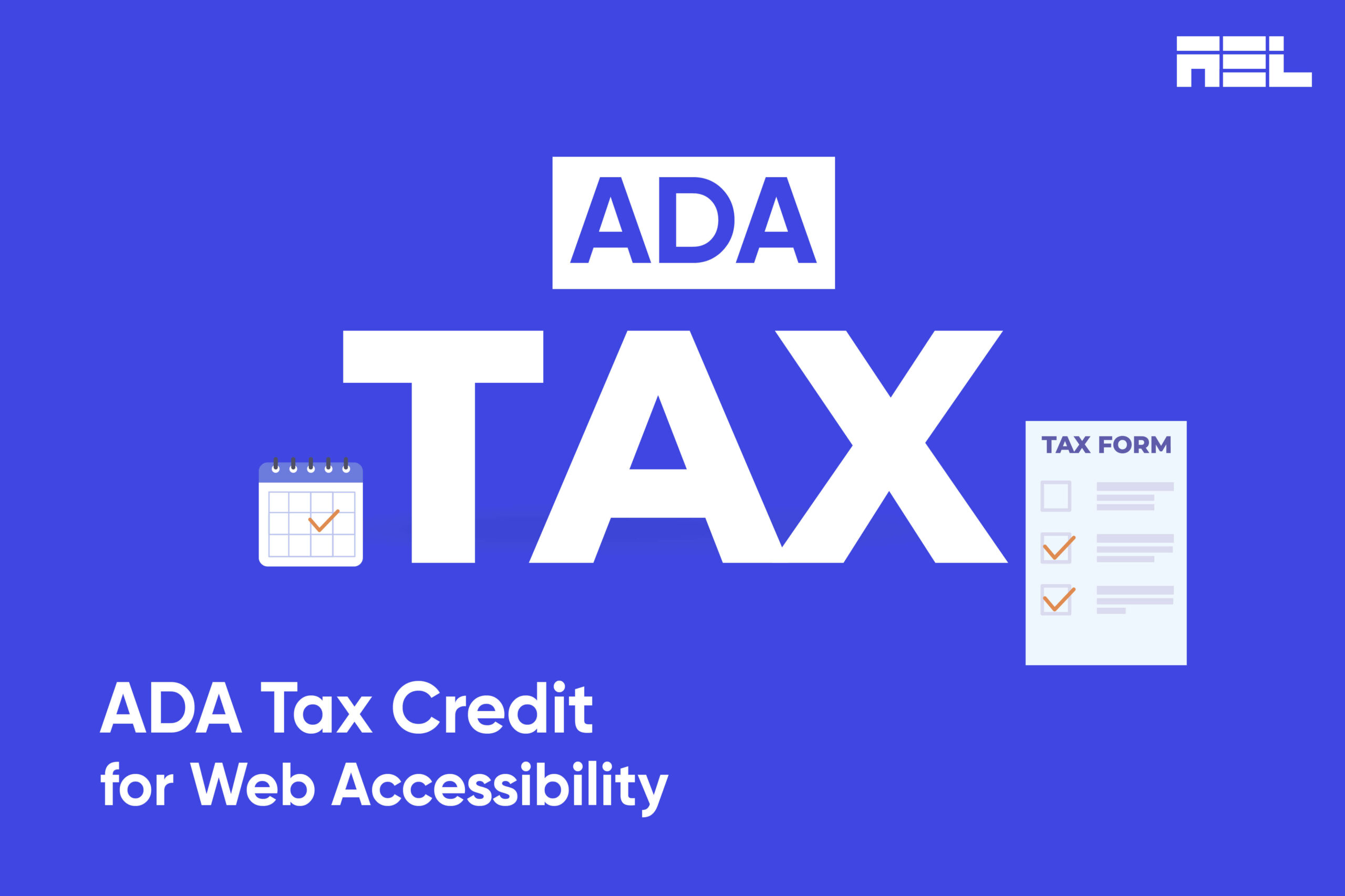The Americans with Disabilities Act (ADA) is a civil rights law that guarantees equal rights and opportunities to people with disabilities in different aspects of public life. It includes employment, education, etc., and all public or private spaces open to everyone.
The ADA offers a tax credit for eligible accessibility expenditures, covering 50% of suitable accessibility expenditures made during the previous tax year. The maximum expenditure limit is $10,250, with the highest amount of credit that businesses can receive being $5,000. The ADA tax credit covers web accessibility solutions, hiring sign language interpreters, purchasing adaptive equipment, and producing accessible formatting on printed materials.
Table of Contents
Eligibility Criteria
Here are the main criteria for businesses to qualify for the ADA tax credit:
- At least $1 million in gross receipts during the preceding tax year or having 30 or fewer full-time employees.
- Incurred eligible access expenditures related to web accessibility during the previous tax year.
- Should have filed Form 8826 (Disabled Access Credit) with their federal income tax return.
Web Accessibility Investments
There are various types of web accessibility investments that businesses can make to improve their websites and claim the ADA tax credit. Some examples are:
Web accessibility solutions or tools
These software applications or plugins automatically scan, analyze, and fix web accessibility issues on websites. These solutions or tools can help businesses achieve WCAG compliance quickly and easily without requiring coding or technical skills.
Sign language interpreters
Sign language interpreters work as freelancers, employees, or remotely using video conferencing or other technologies. They must possess high skill, accuracy, and ethics to provide sign language interpretation services for deaf or hard-of-hearing users. It can be provided while accessing live chat, video conferencing, webinars, or audiovisual content. These interpreters help businesses communicate effectively and inclusively with customers who are comfortable with sign language.
Assistive Technology (AT)
These devices or accessories enable people with disabilities to use computers and access websites more efficiently. Some examples are screen readers, speech recognition software, keyboards with large keys or Braille dots, etc. AT can help businesses provide a more comfortable and convenient user experience for customers with different needs and preferences.
Accessible formatting on printed materials
These methods produce printed materials that are readable by people with visual impairments or learning disabilities. Some examples are Braille printing, large print printing, audiotape recording, etc. It helps businesses deliver information and content in alternative formats that suit their customers’ abilities.
Benefits of the ADA Tax Credit
Businesses eligible for tax credits under the ADA for accessible websites offer advantages such as:
- Cost savings: It helps businesses reduce liability by $5,000 annually, offset web accessibility costs, and avoid expensive lawsuits for ADA violations.
- Customer satisfaction: Enhances customer satisfaction by offering accessible and user-friendly websites. It helps businesses cater to customers with disabilities and also attracts inclusion-focused customers.
- Competitive advantage: Offers businesses a competitive advantage by increasing market share and reaching a diverse customer base.
Case Studies
Many successful businesses have benefited from the ADA tax credit for web accessibility. Some examples are:
- Skynet Technologies is a web development company that provides web accessibility services. The company also reported that the tax credit helped them save money, improve their website quality, and expand their customer base.
- The Coffee Bean & Tea Leaf is a coffee franchise that has over 1,000 stores worldwide. By claiming the tax credit for implementing web accessibility solutions on its website, the company reportedly increased its online sales and strengthened its brand image.
- The National Federation of the Blind reported that the tax credit helped them reduce printing costs, increase membership, and promote their mission.
Future of the ADA Tax Credit
The ADA tax credit for web accessibility is expected to continue as the demand for web accessibility grows and awareness of the ADA increases. However, some challenges and opportunities exist to improve the tax credit and make it more accessible and practical.
Some of these are:
Expanding the eligibility criteria
ADA tax credit eligibility criteria based on business size and revenue may exclude companies benefiting from web accessibility investments. Expanding criteria to include industry, location, and customer base could improve eligibility.
Increasing the expenditure limit
The ADA tax credit’s current annual expenditure limit of $10,250 may not cover web accessibility investments for businesses. An increase could reflect actual costs.
Simplifying the filing process
The current ADA tax credit filing process requires businesses to fill out Form 8826 and attach it to their federal income tax return. A possible solution is to create an online portal or mobile app for easy and quick claims.
Conclusion
The ADA tax credit for web accessibility is a valuable incentive for businesses to make their websites more accessible and compliant with the ADA. It can save money, improve customer satisfaction, gain a competitive advantage, and support social justice and inclusion. To claim the credit, businesses must meet eligibility criteria, incur eligible access expenditures, and file Form 8826 with their federal income tax return. Staying updated on web accessibility trends and consulting with a professional accountant or web accessibility expert is essential.
At AEL Data, we have a team of specialists who carefully audit each web page to identify issues and remediate them. We also offer post-project transition support plans to ease your team into tackling issues when you go live. Click here to schedule your free call today.



